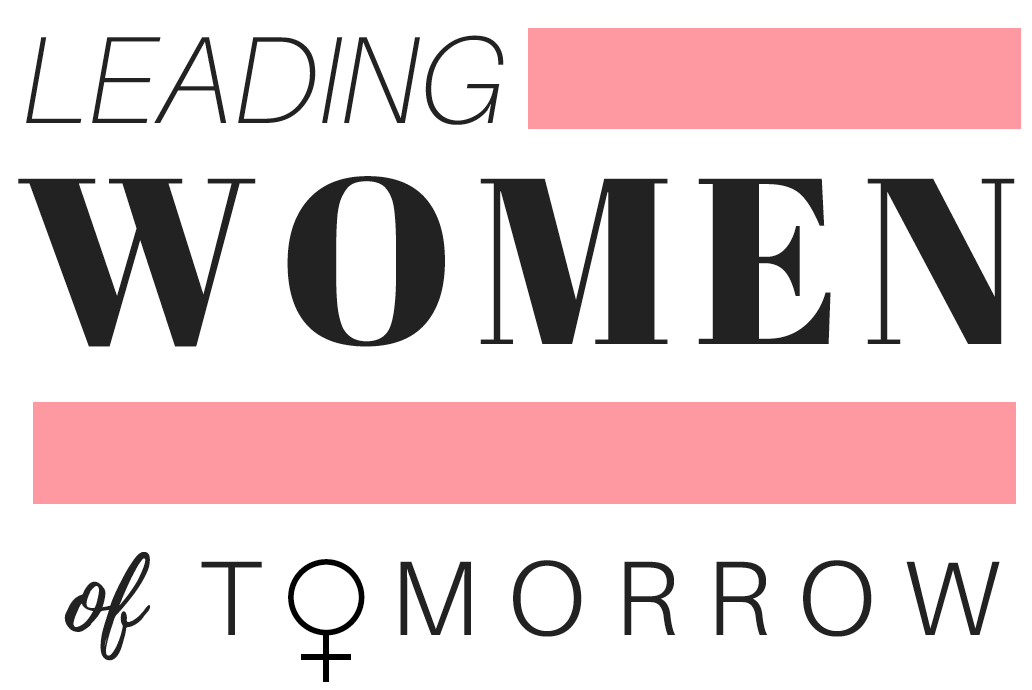The Change We Want to See
Despite the results of the U.S. elections showing the unambiguous victory of President-elect Joe Biden and Vice President-elect Kamala Harris, the country is more divided than ever. At the time of writing this, Democrats maintain their stronghold on the House of Representatives, but the Senate is stuck in a deadlock, one that will only be resolved by a runoff election for two Senate seats in Georgia. While the nation is poised in a politically-charged, ambiguous state, it’s important to recognize the people, specifically women of color in crucial states like Georgia and Arizona, who are doing their part to elect the change they want to see in their neighborhoods, communities, and their country.
“A New Georgia”
It’s no secret that Stacey Abrams, a former lawmaker, alongside Black activists like Tamieka Atkins, Rebecca DeHart, and Nse Ufot, as well as nonprofits such as Fair Fight and The New Georgia Project, were responsible for turning the traditionally right-leaning state of Georgia blue in the U.S. presidential elections, something that hasn’t happened since President Bill Clinton in 1992. Nonetheless, their achievements cannot be overstated - because of their influence, approximately one million new voters were registered in Georgia, with roughly 2/3rds being people of color. Against obstacles such as blatant voter suppression in lower-income, predominantly Black communities, where people waited as long as 11 hours on voting lines in the 2018 elections, Georgia broke its own record of votes cast in a presidential election with over 4 million votes. Abrams, who herself lost to the incumbent Governor Brian Kemp by a narrow margin of 55,000 votes in state elections, encouraged people to challenge the systems meant to suppress underrepresented people in the polls.
“A Tribal Vote” in Arizona
Similarly to Georgia, Arizona hasn’t voted blue in years (the last time was in 1996 for President Bill Clinton), but in 2020, the state flipped. This was done in no small part thanks to Indigenous communities, particularly those in strong Democratic counties. Specifically in two large precincts in Navajo and Hopi reservations, voter turnout saw a 12% and 13% respective increase since the 2016 presidential elections. At the heart of this movement were Indigenous women like Clara Pratte, former Chief of Staff for Navajo Nation President Russell Begaye who was later appointed “Tribal engagement coordinator” by the Biden-Harris campaign, helped coordinate political meetings between all 22 tribes in Arizona. Indigenous communities are no stranger to voter suppression, as well as were provided little to no financial or medical relief by the U.S. government during the COVID-19 pandemic. Pratte, along with activists like Carol Davis, who lead the Arizona Native Vote Election Protection Project, seek to empower Native voters (especially those living on reservation and in rural areas) who may not have the opportunity to vote.



